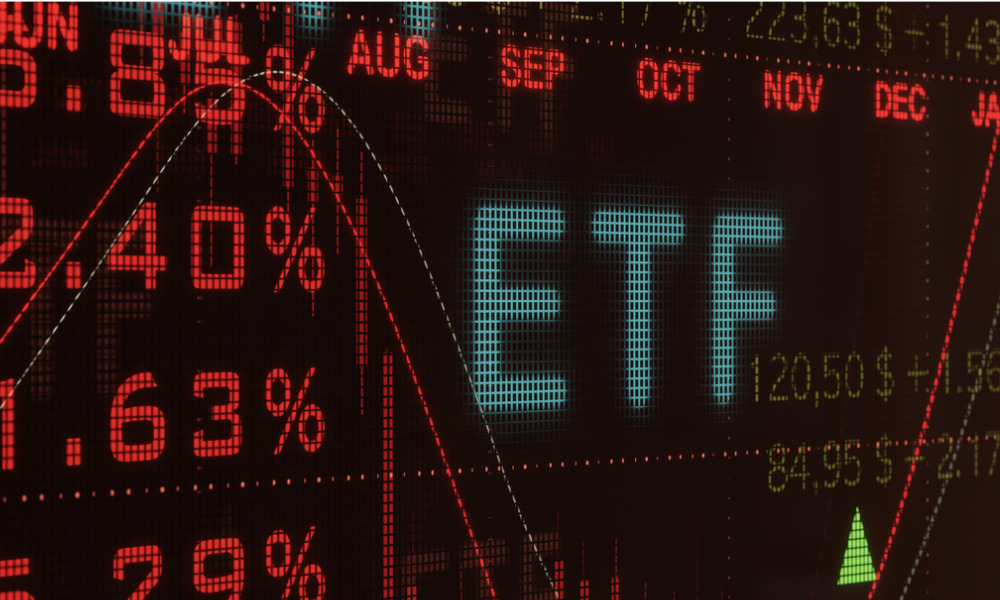This is comfortably higher than the full-year record of US$17 billion set in 2008 and more than double the full-year total of US$13.2 billion for 2021, which represented just 1.1% of the record-breaking ETF flows last year.
Morningstar lacks a global breakdown of the asset split between leveraged long funds and inverse ones. However, according to its statistics for the US, the majority of capital has been diverted into leveraged long positions, which drew US$18.5 billion in the fiscal year ending in September, or 4.6% of all flows to US ETFs, three times the US$6.2 billion earned by inverse funds.
In certain vehicles, the resulting value degradation is obvious. According to Morningstar, Direxion’s Daily Semiconductor Bull 3x Shares (SOXL) received a net US$6.3 billion in the first nine months, making it the second-most popular leveraged or inverse ETF globally this year. However, as of the end of September, its total assets were only US$3.1 billion.
The MicroSectors Solactive FANG & Innovation 3x Leveraged exchange traded note (BULZ) experienced a similar pattern, with net inflows of US$504 million while seeing a decline in market value to US$208 million.
Inverse and leveraged products can carry a high level of risk. Credit Suisse’s US$1.6 billion short volatility XIV ETN was terminated in 2018 after collapsing 90% in a single day.


